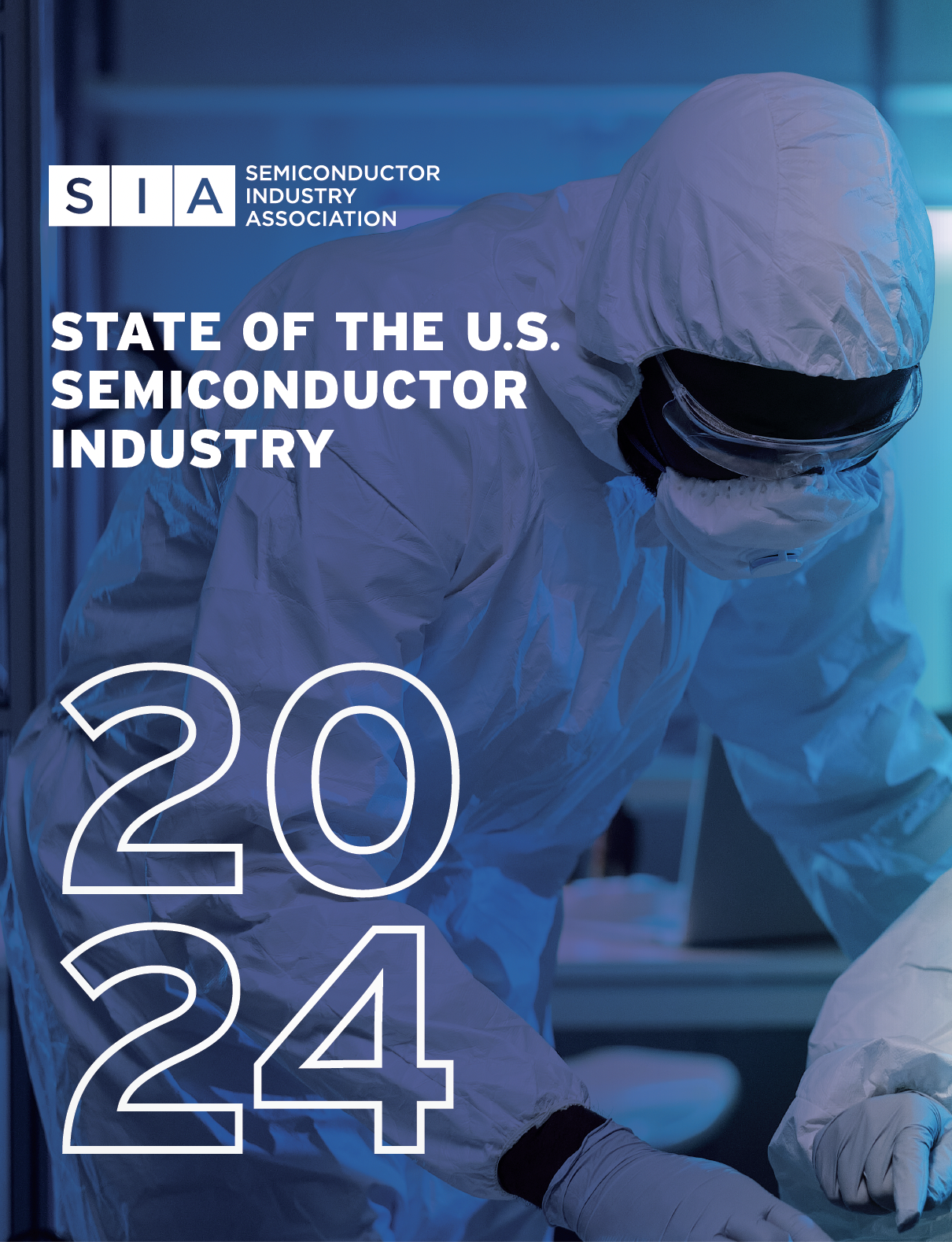ChipAnalog: A Premier Provider of Analog Semiconductor Solutions
282Shanghai Chipanalog Microelectronics Co., Ltd. is a high-tech company focusing on R&D, design and sales of high-end analog chips. The product portf...
查看全文全站搜索
SEMICONDUCTORS — THE CHIPS THAT ENABLE VIRTUALLY ALL MODERN TECHNOLOGIES — are one of the most transformative inventions in all of human history. Thanks to groundbreaking advancements in semiconductor research, design, and manufacturing over the last 65 years, modern chips can have up to tens of billions of transistors on a small slice of silicon.

The rapid pace of semiconductor innovation has made the world smarter, healthier, greener, and better connected. And chips are powering the transformative technologies of tomorrow, including artificial intelligence, autonomous driving and electric vehicles, and advanced wireless networks.
In 2023, despite a cyclical market downturn that lingered early in the year, global sales rebounded the second half of the year to reach $527 billion. Nearly 1 trillion semiconductors were sold globally, more than 100 chips for every person on earth. With the downturn now over and demand for semiconductors high, industry analysts project double-digit annual growth in 2024.
Rising demand has also prompted new industry investments to increase chip production. Thanks in part to the landmark CHIPS and Science Act, the United States is forecast to secure a larger share of new private investment in semiconductor manufacturing. In fact, as of August 2024, companies in the semiconductor ecosystem had announced more than 90 new manufacturing projects in the U.S. since CHIPS was first introduced in Congress, totaling nearly $450 billion in announced investments across 28 states. These investments are projected to create tens of thousands of direct jobs and support hundreds of thousands of additional jobs throughout the U.S. economy. The industry is also making investments in countries around the world, creating a resilient supply chain.
In the decade following CHIPS enactment (2022 to 2032), the United States is projected to more than triple its semiconductor manufacturing capacity — the highest rate of growth in the world during that period — according to a May 2024 SIA-Boston Consulting Group report. The report also forecasts the U.S. will grow its share of advanced (less than 10nm) chip manufacturing to 28% of global capacity by 2032 and capture 28% of total global capital expenditures (capex) from 2024 to 2032. By comparison, in the absence of the CHIPS Act, the report estimates the U.S. would have captured only 9% of global capex by 2032.
Reinforcing chip supply chains on U.S. shores offers tremendous opportunities, but it also presents significant challenges. For example, as U.S. chip operations expand in the years ahead, so too will demand for skilled talent. A 2023 SIA-Oxford Economics study projected a shortfall of 67,000 technicians, computer scientists, and engineers in the semiconductor industry by 2030 and a gap of 1.4 million such workers throughout the broader U.S. economy. For the semiconductor industry to grow and innovate at its full potential, and for domestic investment projections to be fully realized, government leaders must advance policies that build on our industry’s longstanding workforce development efforts, expand the pipeline of STEM graduates in America, and retain and attract more of the top engineers and scientists from around the world.
Policy action is needed in other areas as well if we are to build on our current momentum. The U.S. should adopt measures to further strengthen the semiconductor supply chain by extending the duration of the incentives under the CHIPS and Science Act, including the advanced manufacturing investment credit, which is scheduled to expire in 2026.
Further, the existing CHIPS tax credit should be expanded to include chip design to ensure more of this critical process is conducted in the U.S. In addition, the U.S. should continue to fund the federal research programs authorized in the CHIPS and Science Act to maintain and grow U.S. technology leadership. And to ensure the U.S. semiconductor industry remains globally competitive and able to continuously invest in research and innovation, the U.S. should pursue agreements and initiatives that open access to overseas markets where companies can sell the chips manufactured here at home.
Semiconductors have never played a more important role in society than they do today, and the future of our industry has never been brighter. SIA looks forward to continuing to work with government leaders to strengthen this foundational industry for many years to come.
Shanghai Chipanalog Microelectronics Co., Ltd. is a high-tech company focusing on R&D, design and sales of high-end analog chips. The product portf...
查看全文This article provides a comprehensive introduction to TE Connectivity, a global industrial technology company. It covers aspects such as company ov...
查看全文Two years after the CHIPS Act, the U.S. semiconductor industry is seeing significant growth, with domestic manufacturing capacity expected to tripl...
查看全文Nexperia is a global leader in the semiconductor industry, specializing in discrete semiconductors, logic devices, and MOSFETs. Headquartered in th...
查看全文 0
0High Quality IC Suppliers
您好!请登录